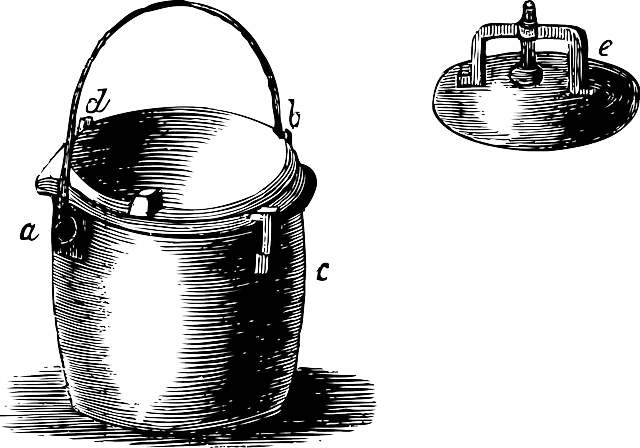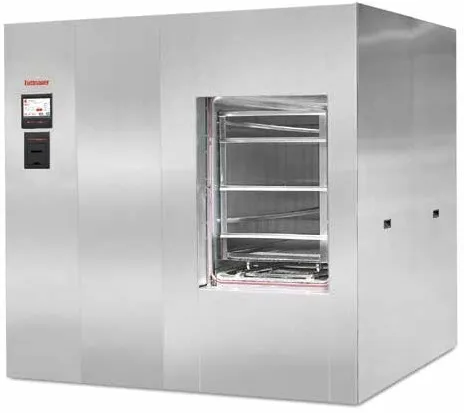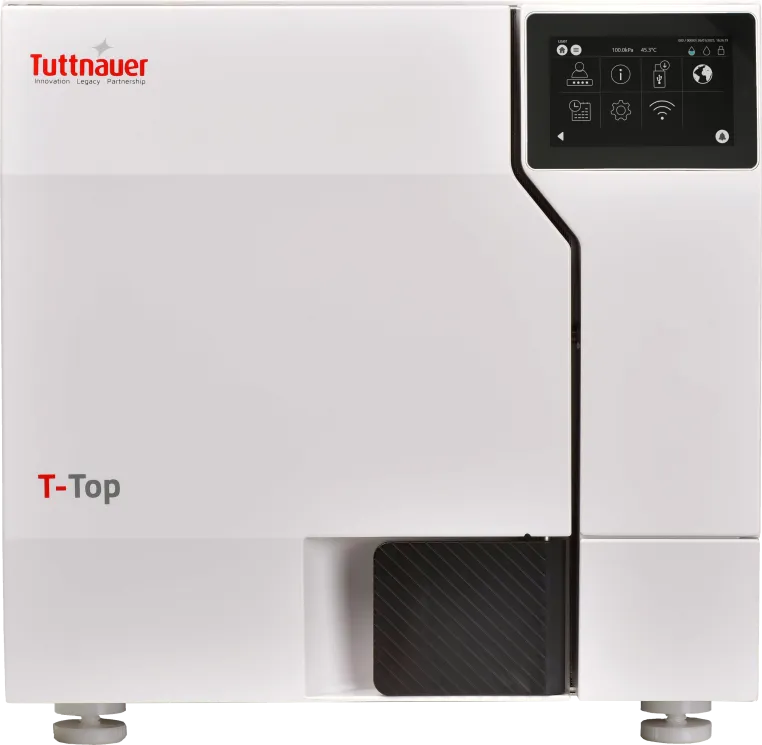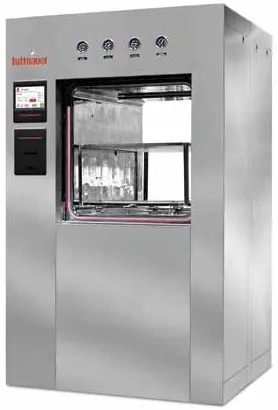Detailed explanations about autoclave sterilizers can be found at our sterile processing knowledge center to answer many more questions about autoclaves and provide helpful guides to make decisions related to sterile processing.
We'll focus on the autoclave sterilization cycle process and walk you through the different autoclave cycle stages. After reading all the material in this series you’ll know how an autoclave works. An autoclave user, technician, or operator is more effective and efficient if he or she understands the different stages of the sterilization process.
Learn about our Autoclave Sterilizers 🡪
This series will cover all aspects of autoclaving, including:
- Steam generators and steam supply
- The pre and post vacuum phase of the sterilization cycle
- The autoclave jacket
- The cooling process
- The autoclave control systems
Before reading further, you may also be interested in the learning series Autoclave Sterilization Basics which discusses topics about autoclave sterilizers and sterilization.
Who invented the Autoclave Sterilizer?
The invention of the autoclave sterilizer is attributed to Charles Chamberland, in 1879. Around that time, researchers started to understand the advantages of sterile surgery, and doctors needed a more reliable sterilization method than open flaming. The autoclave’s benefits were soon evident, and it became an essential part of every clinic and hospital.
What is an autoclave used for? What does an autoclave do?
An autoclave is used to sterilize surgical equipment, laboratory instruments, pharmaceutical items, and other materials. It can sterilize solids, liquids, hollows, and instruments of various shapes and sizes. Autoclaves vary in size, shape and functionality. A very basic autoclave is similar to a pressure cooker; both use the power of steam to kill bacteria, spores and germs resistant to boiling water and powerful detergents.


An Autoclave Chamber is a Pressure Vessel
An autoclave chamber sterilizes medical or laboratory instruments by heating them above boiling point. Most clinics have tabletop autoclaves, similar in size to microwave ovens. Hospitals use large autoclaves, also called horizontal autoclaves. They’re usually located in the Central Sterile Services Department CSSD) and can process numerous surgical instruments in a single sterilization cycle, meeting the ongoing demand for sterile equipment in operating rooms and emergency wards.

Generating Steam and Steam Quality
Steam is the autoclave’s sterilization agent. In our Sterilization Methods series, we explained the physics of steam and why steam sterilization is ideal for destroying microorganisms such as bacteria and spores. Part 1 of this post will explain how steam is generated for autoclaving purposes. Part 2 in this series will discuss the various types of autoclave steam supply and generation and when each is used.
Back to the Source
The ANSI/AAMI sterilization standard states:
There are two common sources of steam used for sterile processing: hospital steam boiler systems and self-contained electric boilers. In both cases, treated water supply is necessary to remove total dissolved solids (TDS). Each system should be designed, monitored, and maintained to ensure that the quality, purity, and quantity of the steam provided are appropriate for effective sterile processing (see: https://www.health.qld.gov.au/chrisp/sterilising/large_document.pdf)
Tuttnauer provides autoclaves that connect to the building or hospital steam supply as well as models equipped with self-contained electric steam generators. Other Tuttnauer autoclaves are fitted with a double-steam option (capable of changing steam supply source according to building steam availability) fitted to user requirements. The autoclave steam generator is either built-in or stand-alone, depending on chamber size.
Autoclave Steam Quality
When it comes to transferring large quantities of energy to an object requiring sterilization, nothing’s more powerful than steam. After all, steam engines propel ships and trains. Even the Titanic was powered by steam.
We discussed steam quality in a detailed post on sterilization methods, but let’s review the factors that determine this quality, because it’s crucial for proper autoclave functioning and the sterilization process as a whole. Two parameters are most important:
- the level of non-condensable gases
- the moisture level
The optimal composition of steam within an autoclave is 3% liquid and 97% gas. Any change in the percentage of moisture increases or decreases sterilization time. In practice, sterilization time is calculated according to optimum steam conditions and steam’s ability to transfer energy to the non-sterile load prior to sterilization. After all, one of the most important benefits of steam autoclave sterilization is that it requires considerably less time and heat than a dry heat sterilizer, due to steam’s capacity to transfer energy.
Dry Steam? Wet Steam? Not in the Autoclave
Less than 3% humidity produces what’s called dry or superheated steam. This steam increases sterilization time because it reduces energy transferability. Superheated steam lowers humidity to roughly 0%, transforming the autoclave to a dry-heat oven. The energy transfer is reduced, and what takes three minutes in an autoclave at 134°C takes two hours at 160°C and thirty minutes at 180°C!!
However, greater than 3% humidity generates saturated or wet steam, which requires higher sterilization pressure and temperature. Wet steam also extends the drying time at the end of the sterilization process. A dry load is required at the end of the process when the load is wrapped and not intended for immediate use.
Autoclave sterilization standards and directives permit some flexibility in steam humidity levels, since it’s almost impossible to supply perfect steam at a steady flow. Even if conditions are nearly optimal, many variables affect steam as it’s transferred to an autoclave. Chief among them: weather conditions and temperature; piping quality, length, and structure; drainage stations; and availability of high-quality steam traps.
Pick Up Steam
Now that we understand how steam works, we can examine how it’s generated and fed into the autoclave. Our next post will “pick up steam,” discussing the autoclave steam generator and explaining its different types and purposes. Stay tuned.
More about Tuttnauer autoclave sterilizers:
- Medical autoclaves like tabletop autoclaves and large horizontal autoclaves
- Dental autoclaves - ideal sterilizers for dentists
- Laboratory autoclaves like vertical loading autoclaves and fast liquid cooling autoclaves
- Veterinary autoclaves - sterilizers for veterinary clinics
